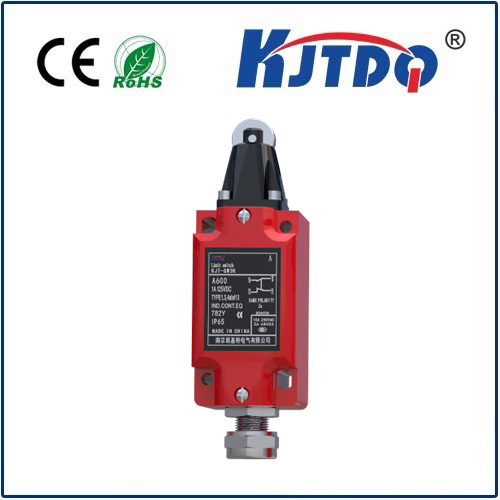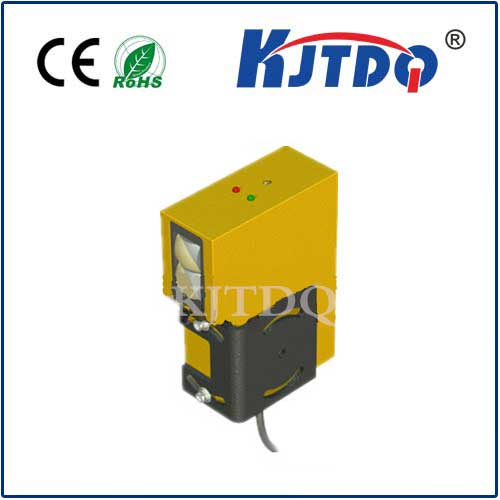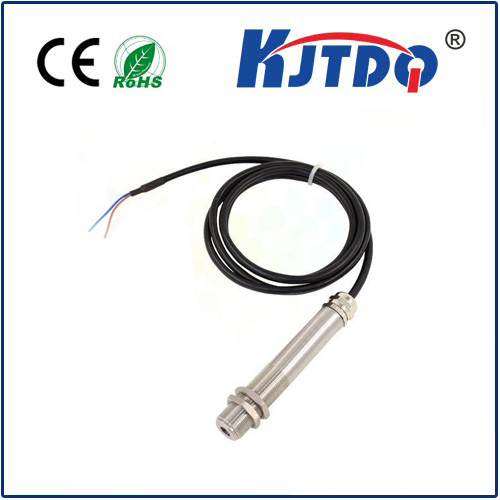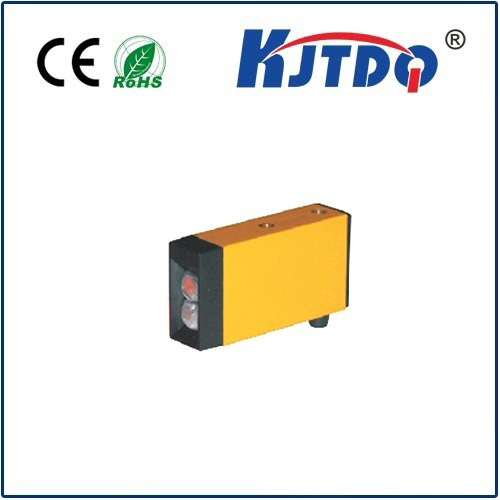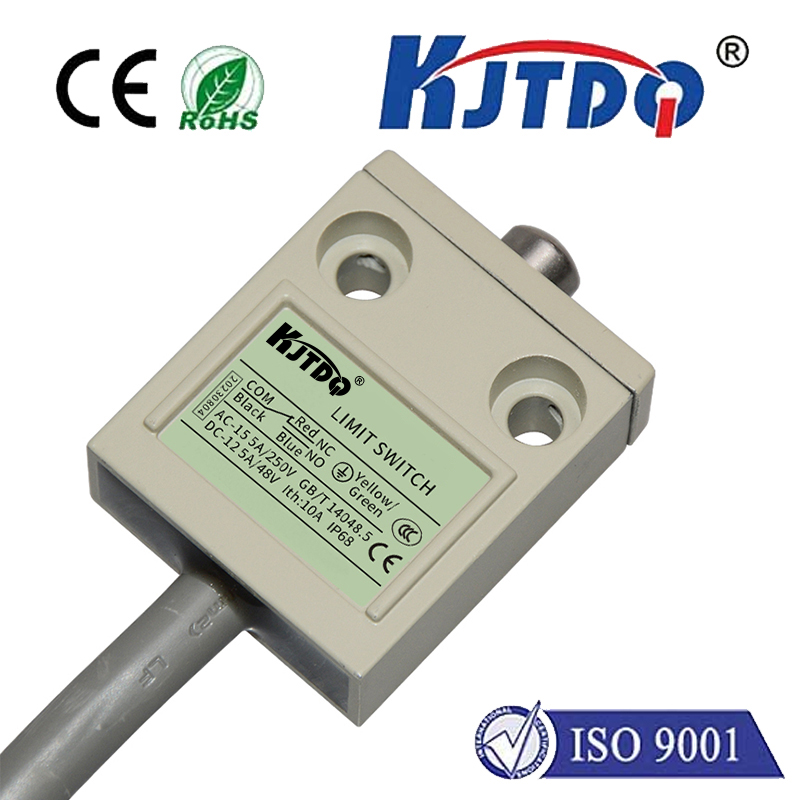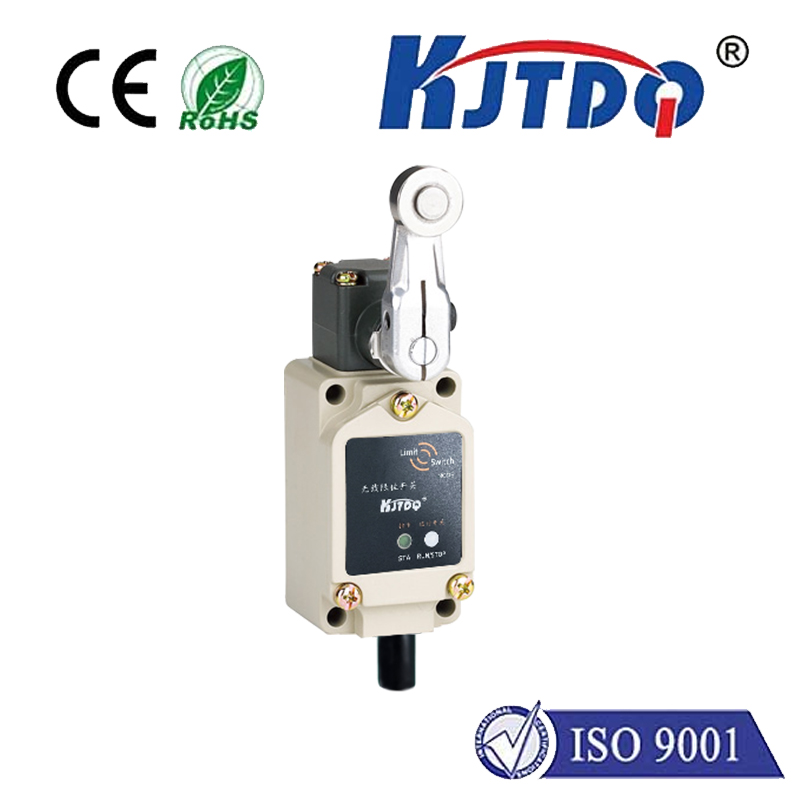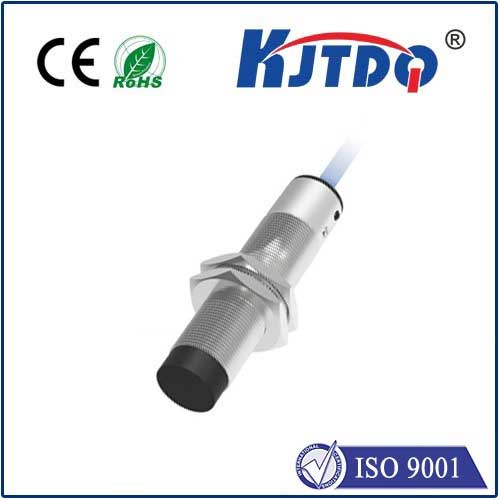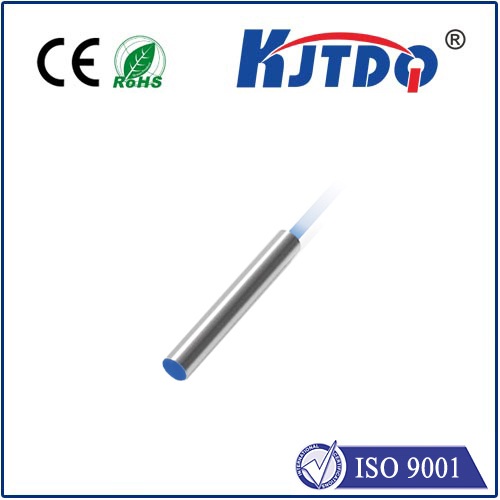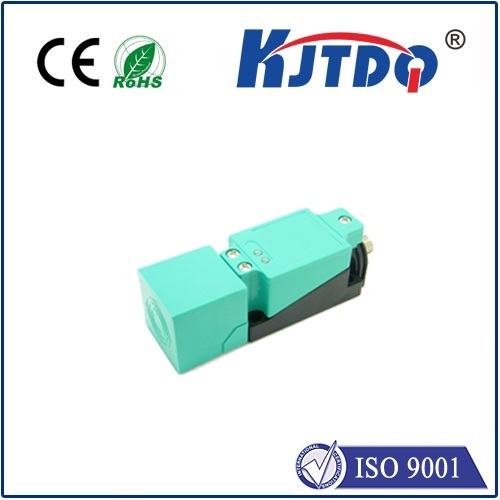Imagine giving a robot the ability to “see” its surroundings clearly, instantly mapping walls, obstacles, and pathways in real-time. Or picture autonomous vehicles navigating complex warehouses with millimeter precision. This isn’t science fiction; it’s the everyday reality powered by the unassuming yet transformative 2D laser scanner sensor. This key technology provides machines with a vital sense of spatial awareness, fundamentally changing how automation, robotics, and safety systems perceive and interact with the physical world.
At its core, a 2D laser scanner sensor operates on the principle of LiDAR (Light Detection and Ranging). It emits rapid pulses of laser light (typically in the near-infrared spectrum for eye safety) in a single, horizontal plane. A highly sensitive detector then measures the time it takes for each emitted pulse to reflect off an object and return to the sensor. By calculating this time-of-flight (ToF) and knowing the speed of light, the sensor precisely determines the distance to every point in its scanning plane within a fraction of a millisecond.
As the laser beam sweeps back and forth across its field of view (FOV) – which can range from 90 degrees to a full 270+ degrees – it builds up a detailed profile, a “slice” of the environment. This slice is represented as a continuous stream of data points, each defined by an angle relative to the sensor and its measured distance. The resulting data set is a point cloud representing a flat, 360° contour map of everything within the sensor’s range in that specific plane. This continuous, real-time spatial data is the crucial input that machines need to operate intelligently in dynamic environments.

Key specifications define the capabilities and suitability of a 2D laser scanner sensor for any given application:
The applications for 2D laser scanner sensors are vast and growing rapidly:
While 3D LiDAR captures the world volumetrically, the strength of 2D laser scanner sensors lies in their cost-effectiveness, accuracy, reliability, high scanning frequency, and relative simplicity. They excel at applications where understanding the horizontal plane is paramount – navigating floors, avoiding obstacles at ground level, or sensing on a single plane. For tasks needing height information or complex volumetric modeling, 3D sensors become necessary, but often at a significant increase in cost and computational demand.
Selecting the right 2D laser scanner sensor hinges on carefully matching its specifications to the task. Consider the required range, the level of detail needed (resolution), the speed of environmental changes (frequency), the physical space constraints (scan angle), and the criticality of precise measurements (accuracy). Environmental factors like dust, fog, vibration, and exposure to direct sunlight must also be accounted for, as they can impact performance. Ruggedization (IP ratings) is crucial for industrial deployments where reliability under harsh conditions is non-negotiable. Power consumption and communication interfaces (Ethernet, serial, CAN) are also key selection criteria.
The future of 2D laser scanner sensors remains bright. Continuous advancements are focusing on increasing range and accuracy while reducing size, power consumption, and cost. Improved algorithms for reflection filtering (handling mirror-like surfaces or ambient light interference) and integration capabilities with other sensors (like cameras or inertial measurement units) for sensor fusion are enhancing robustness and perception capabilities. As industries push further towards automation and smart technologies, the demand for these fundamental spatial perception sensors will only surge, solidifying their role as the essential “eyes” for countless machines navigating our complex world.
